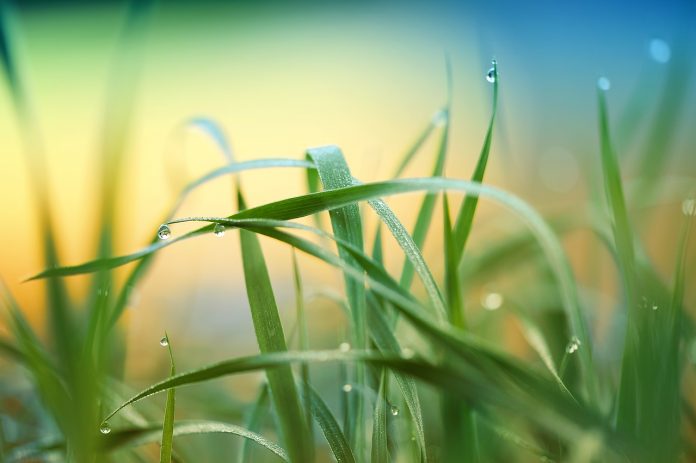Is spring ever going to come in Ohio?
That’s a question we may never be able to answer. I’m fully convinced we’re going straight from snow to sunny and 75 F. At least that’s the way it’s been feeling lately.
We didn’t even get a chance to clean our RZR after going riding last weekend. The weather went from mid-50s and sunny to overcast and rainy on Saturday. The holiday was slightly chillier, but still sunny on Sunday. By Monday morning, a blanket of snow covered the ground again. Looks like we’ll be shooting for a reasonable day after work to fire up the pressure washer.
So what does this crazy weather mean for spring lawn care, you ask. Well, the fertilizer companies, who’ve been advertising for the last month, would have you believe it’s time to head to the local hardware store and prepare to start treating your lawn this weekend. Incidentally, the opposite is true. The best thing you can do in weather like this is wait.
Fertilizer
Warmer days bring on spring fever and a need to see green. We start to get antsy and give in to all of the advertisements encouraging us to fertilize our lawns. However, the best thing we can do is wait.
Rule No. 1: Wait. Wait for the snow to thaw. Wait for the ground to unfreeze. Wait for soil temperatures to warm enough for grass roots to break dormancy and begin growing. And then give them time to grow.
Your primary goal in the spring is to produce a lawn tough enough to survive the summer. The first step you can take towards a healthy lawn is allowing your turf root system to develop in early spring. Forming deeper roots during the spring will help the vigor of your grass during summer’s hot, droughty conditions.
When soil temperatures begin to warm, grass roots will start growing before the blades start to get visibly greener. Applying fertilizer during this period of growth can encourage lush top growth, which uses up carbohydrate reserves meant for root development and disease resistance. For this reason alone, Michigan State University Extension suggests waiting to fertilize your lawn until mid-May.
Rule No. 2: Be kind to the environment. As we know, runoff can be a major contributor to unnatural plant and algae growth in lakes, streams and rivers. Incidentally, runoff doesn’t just come from agricultural fields. Fertilizing frozen soil in the home landscape can create runoff too. All it takes is an early spring rain on a frozen ground to carry the tiny fertilizer pellets into a storm drain.
Rule No. 3: Avoid combination products. Certain products are encouraged in early spring because of their ability to control crabgrass and fertilize your lawn, simultaneously. It seems like a good idea; however, because of the downfalls of early fertilization, it’s actually best to use two separate products. Purchase a pre-emergent herbicide that is only meant for crabgrass control to apply before seeds germinate in mid-April and purchase a separate product to fertilize your lawn after roots have been established.
Additionally, when applying herbicides that control crabgrass avoid blanket applications and only apply it where it is needed.
Rule No. 4: Apply the right amount of fertilizer. Once roots have been established, about midway through May, make sure you apply the right amount of fertilizer. According to the University of Illinois Extension, you should apply 1 pound of actual nitrogen fertilizer per 1,000 square feet. Be sure to check the fertilizer package for application directions.
Rule No. 5: Prepare for next spring in the fall. In November, apply plant food. This late-fall fertilizer application should provide enough fertilizer to stimulate the grass in the spring.
Snow mold
If you’ve got the itch to get out and start lawn maintenance already, it’s not a bad idea to lightly rake the grass where snow was piled along your driveway or sidewalks for most of the winter. It’s common for snow mold fungi to grow on grass under isolated snow piles. The matted down, moist grass creates and ideal environment for the fungus to thrive. Raking it out provides better air circulation to dry out the area and reduce fungal damage.











Thank you for all the tips for spring lawn care. I really want to take better care of my lawn, but I don’t know what to do. I’m glad you mentioned to wait to use fertilizer until the grass starts to visibly get greener. I will have to wait until then!